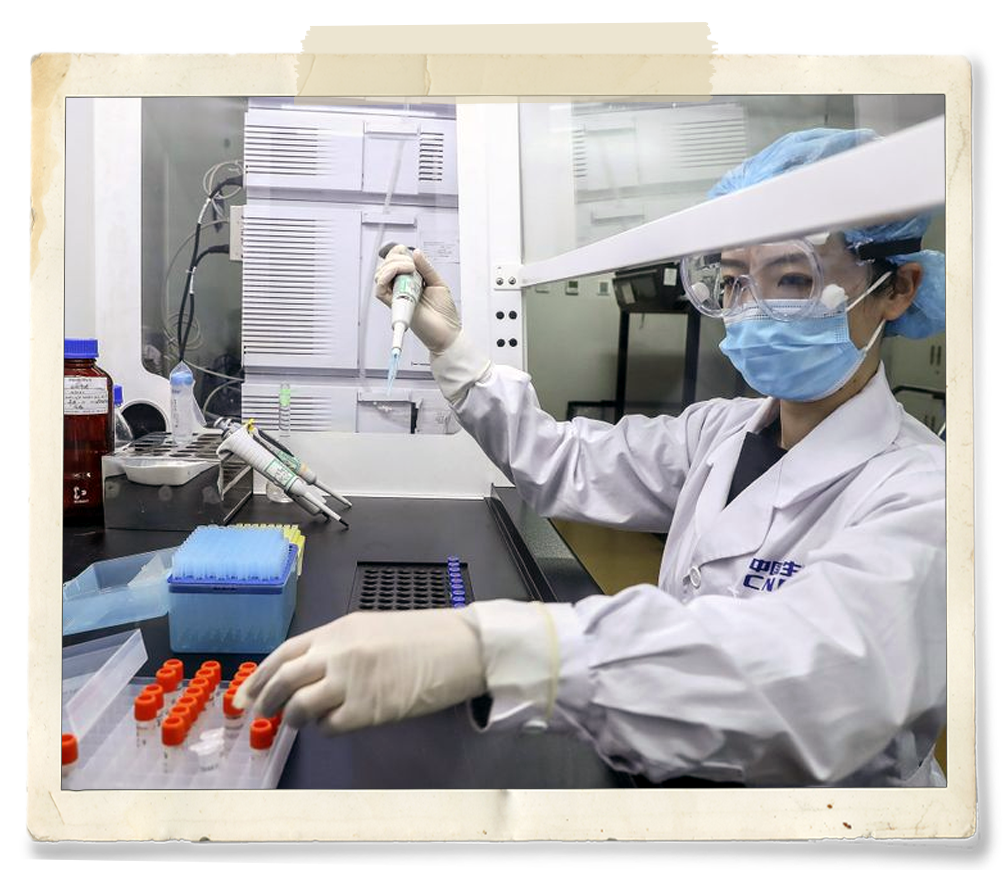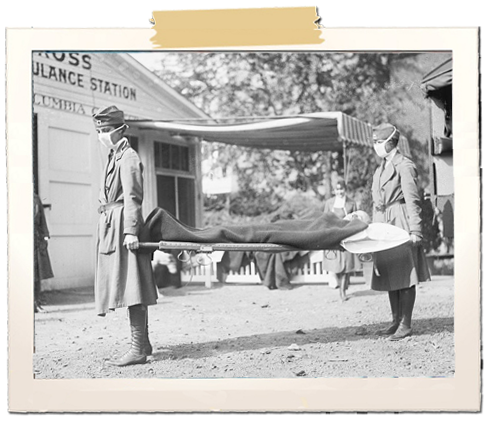When science became the saviour
The last pandemic, the so-called “Spanish Flu” of 1918-20, is a distant memory. Science and medicine saved lives. That’s when the new coronavirus (SARS-CoV-2) hit. We turned to science again. For vaccine, for a cure. It didn’t let us down.

AP
Samples of the COVID-19 inactivated vaccine were tested at a vaccine production plant (Sinopharm) in Beijing, July, 2020.
When leaders of leading nations call climate change a hoax, it spells trouble. Global warming and carbon emissions were hauled back into focus by Swedish teenage activist Greta Thunberg who sailed the Atlantic to address the world leaders at the United Nations. Yet, the world hasn’t done enough to act on the Paris Climate Accord.

Library of Congress
Red Cross staff transporting a victim of Spanish Flu in Washington DC in 1918.
More worrying was the possibility of a return of contagious diseases like smallpox and malaria. Many contagions have either been eliminated or brought under control by inoculation protocols. That fact is lost on anti-vaxxers who threaten to ruin the medical gains of the 20th Century by spreading lies through social media.
The last epidemic was 100 years ago. The Spanish Flu of 1918-20 is a distant memory. Science and medicine have made such tremendous advances that another outbreak looked unlikely. Mars is the new frontier. AIDS and cancer are no longer scary; most cases can be treated if diagnosed early enough.
Science saved lives. That’s when the new coronavirus (SARS-CoV-2) arrived. With tens of millions of cases and more than 1.5 million deaths, COVID-19 is the Spanish flu of our times.